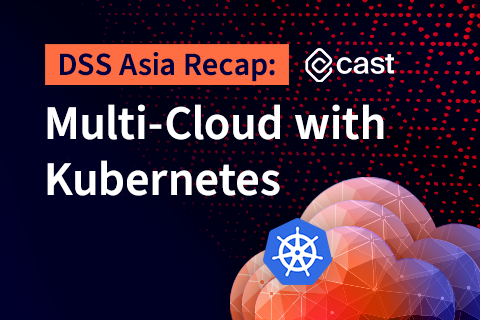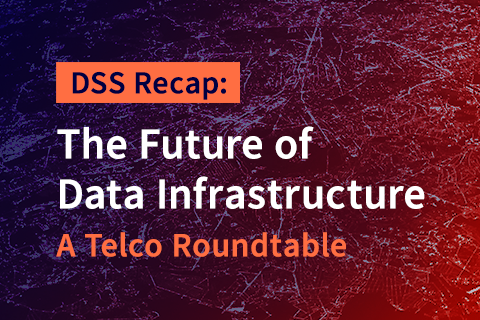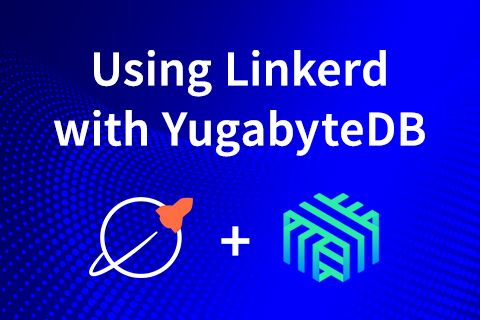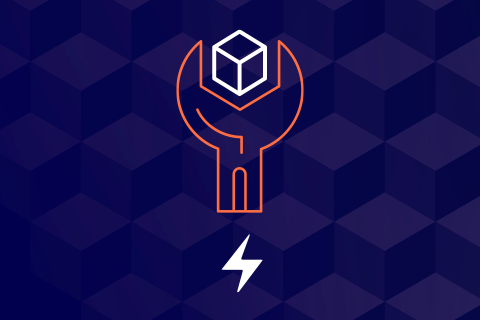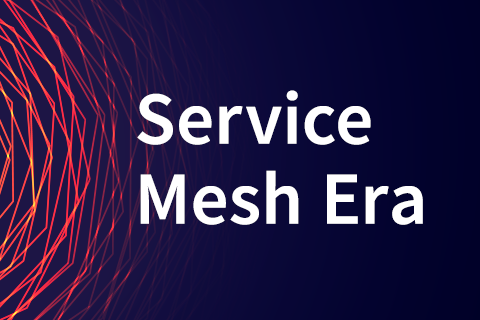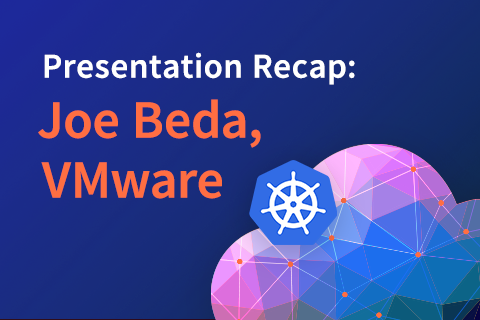Multi-Region YugabyteDB Deployments on Kubernetes with Istio
This blog post is written by guest author Bhavin Gandhi, Software Engineer at InfraCloud Technologies, Inc., in collaboration with teams at Yugabyte. InfraCloud helps startups, SMBs, and enterprises scale by adopting cloud native technologies.
As organizations deploy applications across multiple cloud regions to better meet user demand and comply with regulations such as GDPR, there is a need to distribute data across geographic regions.
…


